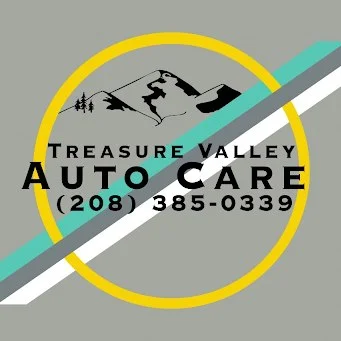Oil
Oil changes are a simple service appointment, but when performed regularly, they can help to extend your engine’s longevity and enhance its overall performance. So why do drivers delay or choose not to change their oil?
Unfortunately, most people rely on mileage rather than oil change warning signs to let them know when it’s time to schedule a service appointment. As a result, their vehicles end up suffering from an overdue oil change longer than they should.
At MazTech Automotive, we want to help your car run like new for as long as possible. So we’ve created your guide to the top six signs that you need an oil change to make sure that you get your vehicle the care it deserves when it needs it most.
5 Signs That Indicate Your Oil Needs To Be Change
1. Dark And Dirty Oil
2. Louder Engine Noise And Knocking
Clean oil provides a thin barrier between engine parts that protects against metal-on-metal contact and keeps your engine quiet on your travels. However, when the fluid starts to break down, it doesn’t lubricate the parts as well so you’ll hear louder engine noise.
If you ignore the increased engine sounds, you’ll start to hear knocking, rumbling, and even roaring to let you know that your vehicle is in dire need of an oil change.
3. Oil Change Or Check Engine Light
An illuminated oil change light on your vehicle’s dashboard indicates that there’s too little oil in the system. So once you see this light, check your oil level with the dipstick and if it’s insufficient, change your oil as soon as possible.
In more serious instances, your check engine light will turn on to let you know your vehicle is at high risk of engine damage due to the lack of fluid or damaged parts.
4. Exhaust Smoke
It’s common to see a translucent vapor coming out your tailpipe when the weather gets colder. But if you notice smoke being emitted, check your oil because there could be an oil leak in your engine.
Smoke can also indicate faulty parts in your engine. So if you see there’s enough oil in your vehicle, have a professional perform diagnostics to pinpoint the problem and repair it immediately.
5. Oil Smell Inside The Cabin
Getting a whiff of oil inside the cabin is a huge warning sign. Generally, the odor is strong and means there’s a leak. However, this scent can also be mixed with the smell of gas or exhaust fumes. This indicates that your vehicle is overheating and oil is burning into the exhaust area.
An overheating engine can cause serious damage to your car and even ignite a fire. So once you smell oil inside your car, get an oil change right away.
6. Excessive Mileage
In addition to the top five warning signs listed above, you also want to keep an eye on your odometer. As stated, most drivers rely on it to determine when it’s time to get an oil change, but many don’t know that there are different oil change schedules for certain vehicles.
Generally, we recommend most cars have their oil changed every 3,000 miles or three months, whichever comes first. If you just bought a car, then you should schedule an oil change every 6,000 miles or six months.
While these recommendations are good guidelines, it’s best to check your owner’s manual for a more exact oil change and maintenance schedule for your vehicle.
